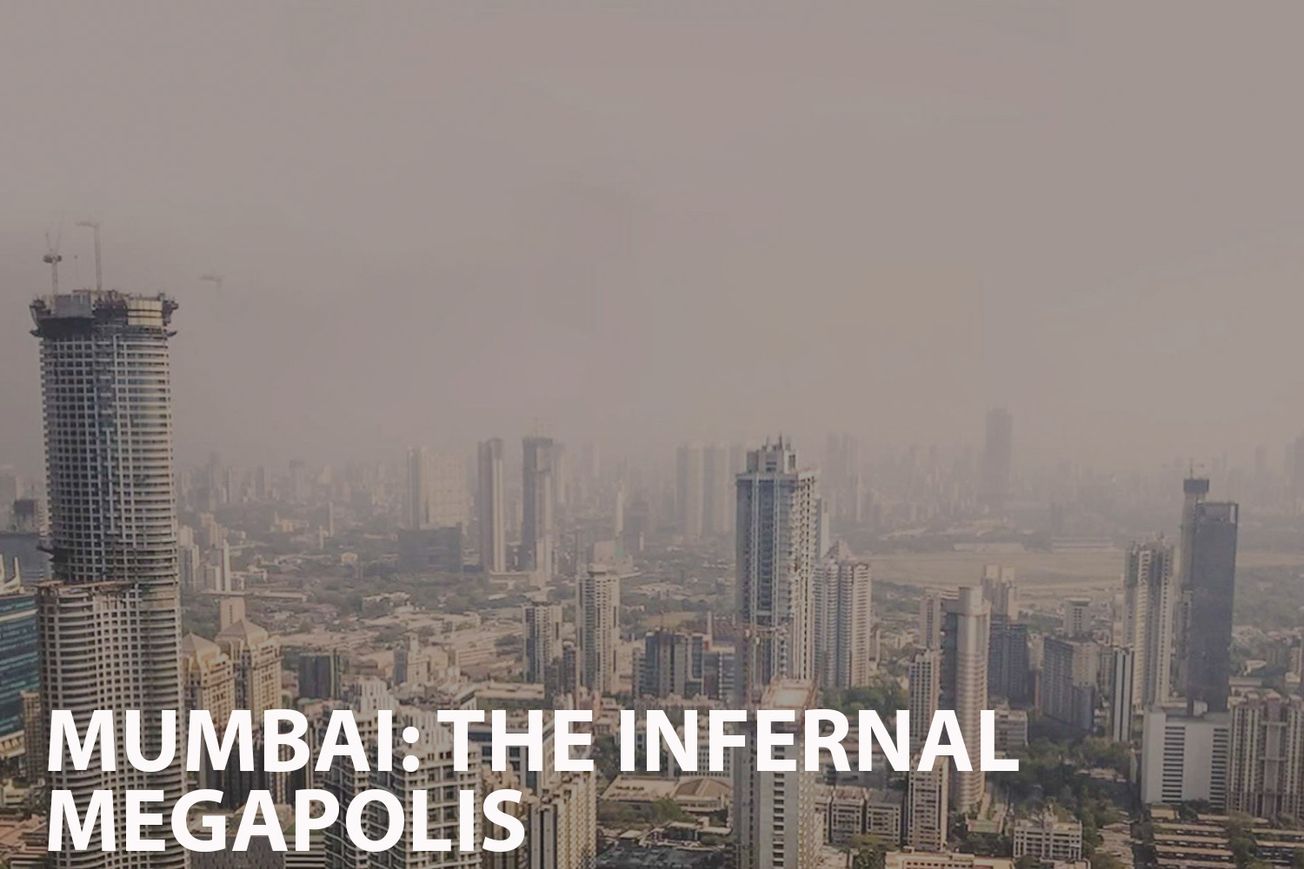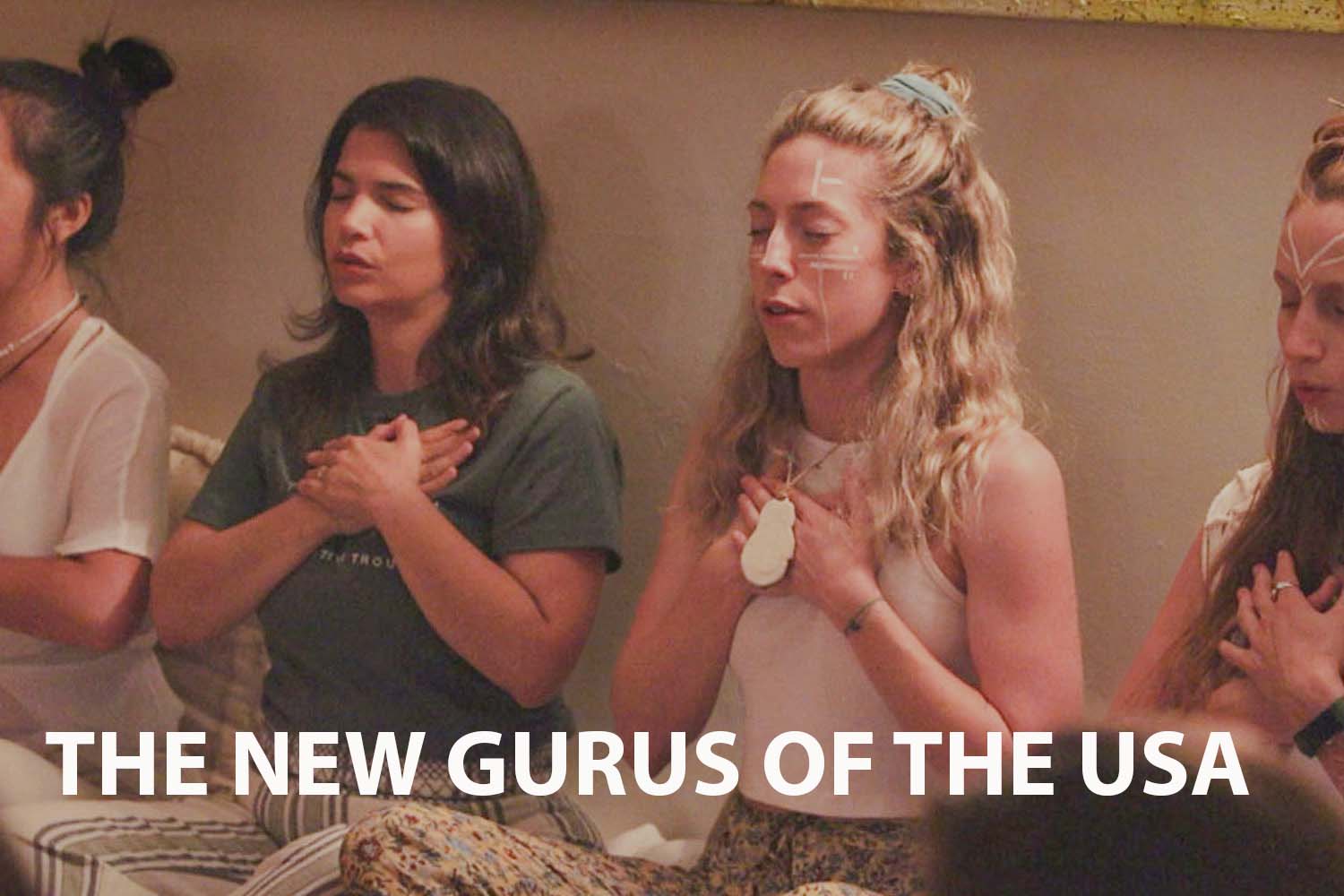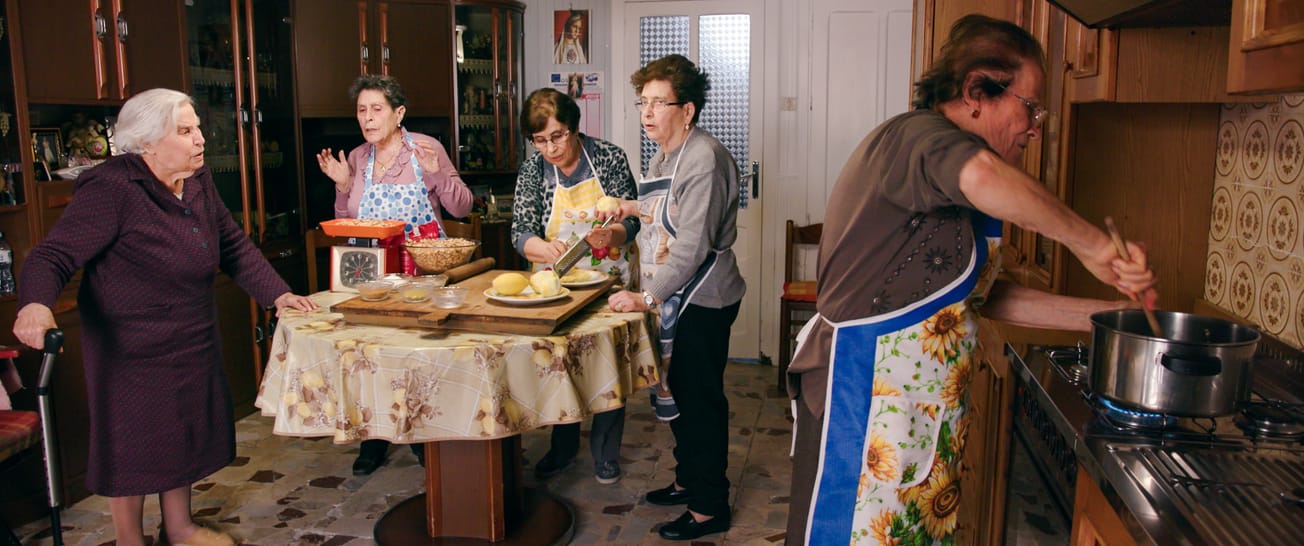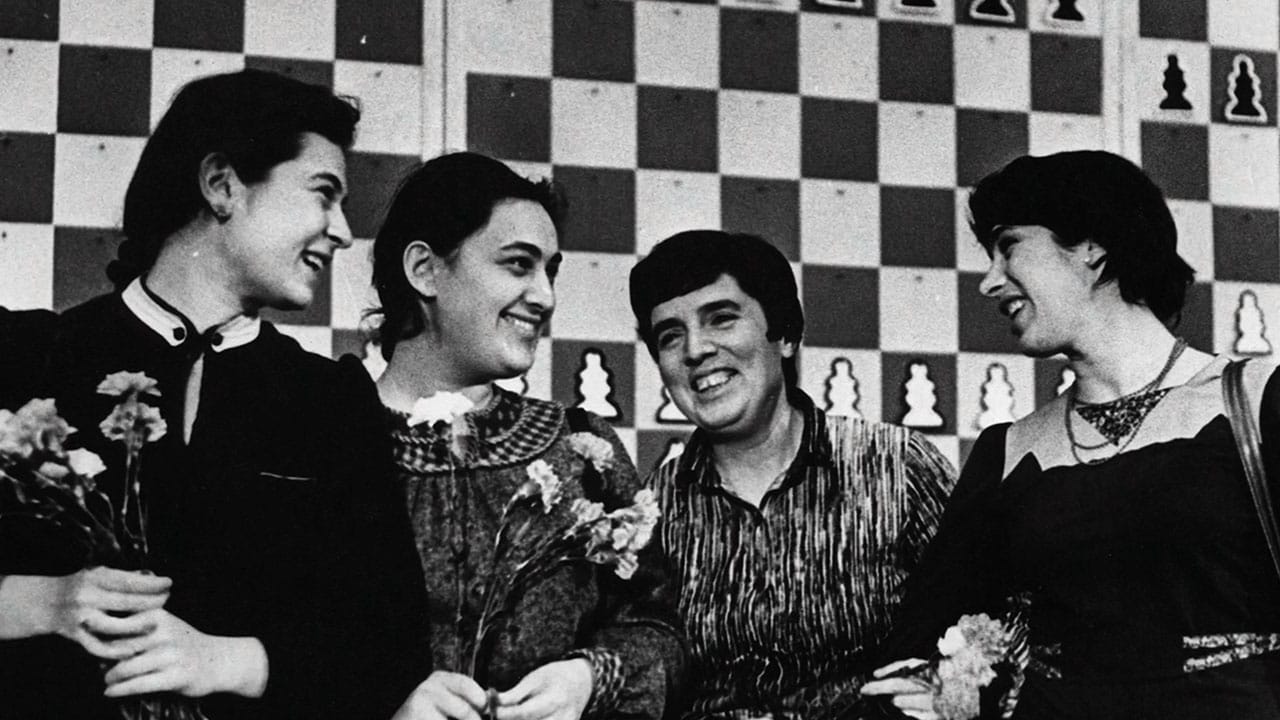Keywords: *Mumbai, urban development, city planning, slums, real estate, population growth, inequality, societal challenges, Indian culture. Three words: Balancing, Development, Inequality
Introduction
"Mumbai: The Infernal Megapolis" is a documentary film that was released in 2021. The film delves into the complex issue of urban development in Mumbai, one of the world's most populous cities. It highlights the struggles of city planners in meeting the needs of millions of people living in slums, all situated on incredibly valuable real estate.
Synopsis
The documentary provides a comprehensive exploration of Mumbai's ongoing urban development. It highlights the city's dichotomy, juxtaposing its burgeoning high-rise buildings and commercial establishments with the extensive slum areas. The film brings to light the challenges faced by city planners in accommodating the rapidly growing population while also addressing the issue of slums located on prime real estate.
More Film Analysis
Analysis
"Mumbai: The Infernal Megapolis" uses an engaging, investigative approach, combining expert interviews, on-ground footage, and statistical data. The depth of research is evident, providing viewers with an in-depth understanding of Mumbai's unique urban development scenario.
Historical and Factual Context
Mumbai's historical and geographical context plays a significant role in its current development scenario. Once a collection of seven islands, the city's transformation into a bustling metropolis is both fascinating and challenging, given its limited land availability and growing population.
Key themes in the film
- Urban development and city planning
- Socio-economic inequality
- Population growth versus infrastructure
- Redevelopment of slums
Film Comparisons
"Mumbai: The Infernal Megapolis" can be compared to other documentaries like "Planet of Slums" and "The World's Busiest Cities: Delhi", which also delve into the complexities of urban development in densely populated cities.
Noteworthy Moments
One significant moment in the documentary is the showcasing of Dharavi, one of Asia's largest slums, underlining the stark contrast between the city's wealthy areas and its impoverished slums.
Reviews
The documentary was well-received for its in-depth analysis and thought-provoking content. Specific review quotes are unavailable as of now.
Conclusion
"Mumbai: The Infernal Megapolis" is an essential watch for anyone interested in urban development, societal challenges, and Indian culture. It provides a nuanced perspective on the complexities of city planning in a rapidly growing metropolis.
More film information:
FILM SUMMARY
- Genre: Documentary
PERSONALITIES
- City Planners
- Slum Residents
- Real Estate Developers
LOCATIONS
- Mumbai
- Dharavi
Key Questions Raised by the Film:
- How does Mumbai balance urban development with the needs of its slum population?
- What is the impact of population growth on city planning?
- How is Mumbai's real estate market dealing with the issue of slums on prime land?
Links for Further Exploration:
I wonder what the film would be in another art form



- If this film was a famous book, it would be "Maximum City: Bombay Lost and Found" by Suketu Mehta, which also explores the dichotomy of Mumbai.
- If this film was a famous song, it would be "Mumbai" by Apache Indian, capturing the city's vibrancy and contradictions.
- If this film was a famous piece of art, it would be the "Dharavi" painting by Prakash Bal Joshi, showcasing the colorful yet chaotic life in Mumbai's slums.
- If this film was a famous celebrity, it would be Amitabh Bachchan, embodying the struggle and success synonymous with Mumbai.
- If this film was a color, it would be a mix of grey (representing the concrete jungle) and vibrant colors (symbolizing the city's diverse population).
- If this film was a music style, it would be Indian Classical music, rich in its complexity and depth.








